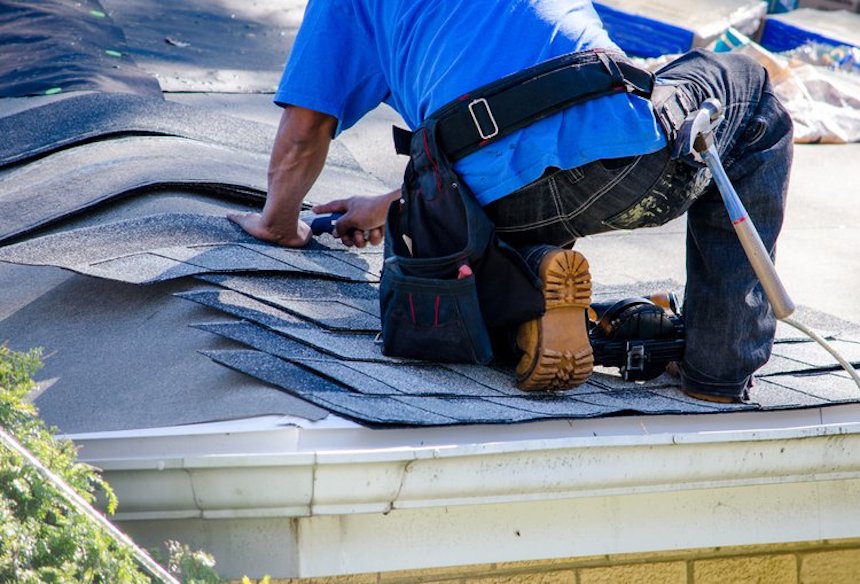
If you’ve ever had a roof replaced, you know the process can be long and complicated. There are many factors that come into play when replacing a roof, from figuring out which type of roof to choose, to understanding the materials you will need. It can be overwhelming for homeowners who don’t have experience in this area. A good contractor should be able to walk you through the detailed areas of the process and help you make the best decisions. To help make sure your replacement project goes smoothly, let’s take a brief look at what you should expect when replacing the roof of your home.
Choosing Your Roofing Materials
The first step in replacing your roof is choosing the right materials for the job. You want to make sure you select materials that are durable and cost-effective. Some of the most popular options include asphalt shingles, metal roofs, and tile roofs. Each material has its own pros and cons, depending on your needs and budget. Do some research to determine which material will work best for you. Some factors to take into consideration will be budget, style, climate, and what is natural for your area.
Hiring a Contractor
Once you have chosen your materials, it’s time to find a contractor who can do the job properly and safely. Make sure you get multiple quotes from different contractors before making a decision so that you can compare prices and services offered by each one. Always do your research for qualified professionals, such as Raber Roofing Systems. If possible, check references from past customers to ensure their work was satisfactory or better before hiring them for your project. Always check online reviews and trust your gut when meeting with contractors.
Preparing Your Home For Installation
Before installation can begin, there are several steps that need to be taken in order to prepare your home for the new roof. This includes removing any old shingles or other debris on the surface of your roof as well as any vegetation, such as trees or shrubs, near your home that could interfere with installation or cause damage during removal/installation. The contractor should also inspect all gutters and downspouts for any potential issues that could arise during installation or after completion of the project. It’s also important to account for the time of year when replacing your roof. Fall is typically the ideal time as the temperature is mild and the weather is temperate. Of course, this piece is not always within your control.
Replacing a roof is no small task—there are many things to consider before embarking on this type of project for your home. From selecting materials and finding a reliable contractor to preparing your home for installation, it pays off to take some time researching every step beforehand so that everything runs smoothly once it comes time for installation day. With proper planning, you can rest assured knowing that your new roof will protect your family and keep them safe from rain or snow storms while also increasing curb appeal!
- Dangers of Radon: How It Affects Your Home and Body - March 23, 2024
- Everything You Should Know About Decorating With Antiques - February 24, 2024
- Building Your Perfect Cabin Home With a Modern Twist - February 3, 2024






